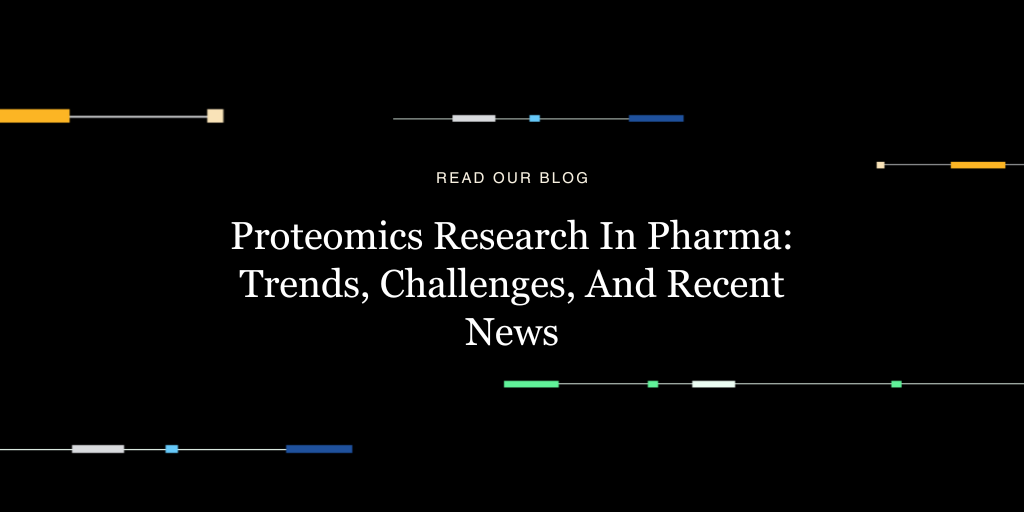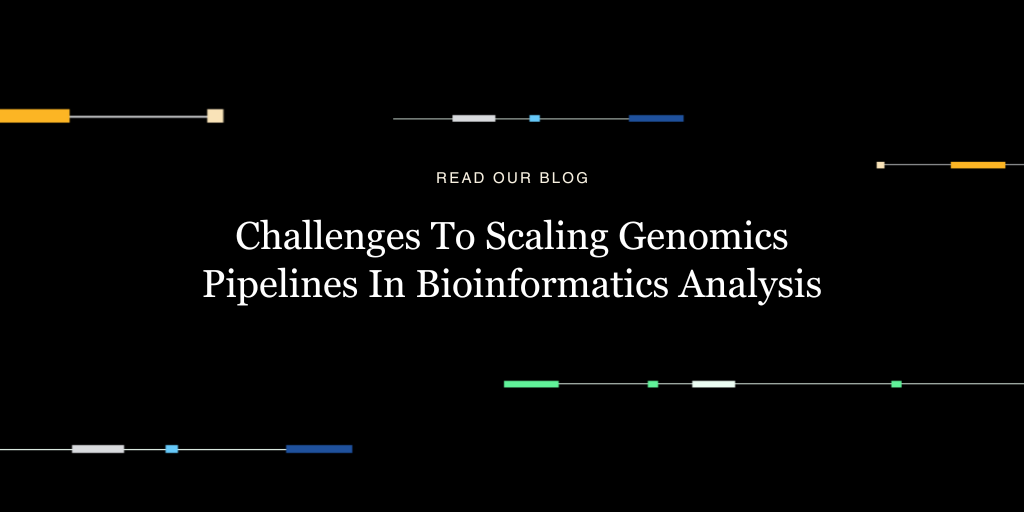 We can’t wait for the annual Advances in Genome Biology and Technology (AGBT) meeting, taking place February 12-15 in Orlando! We are excited to join hundreds of industry leaders in the sunshine to exchange ideas about the latest advances in DNA sequencing technologies, new approaches to leveraging multi-omic datasets, and their widespread applications in healthcare.
We can’t wait for the annual Advances in Genome Biology and Technology (AGBT) meeting, taking place February 12-15 in Orlando! We are excited to join hundreds of industry leaders in the sunshine to exchange ideas about the latest advances in DNA sequencing technologies, new approaches to leveraging multi-omic datasets, and their widespread applications in healthcare.
If you’re headed to AGBT, join us for coffee (or a cocktail!) and discussion on how the DNAnexus team can work with you to integrate multi-omic data into your research, discovery, and development pipeline. Email us to schedule a meeting.
DNAnexus Events
Passport Party
 Tuesday, February 13th 9:00pm-11:00pm
Tuesday, February 13th 9:00pm-11:00pm
Hilton Suite #1865
Stop by our suite Tuesday night during the Passport Party to celebrate novel scientific developments at DNAnexus from deep learning applications to leveraging multi-omic data in research and development.
Posters
Poster #117: Dot: A New Interactive Dot Plot Viewer for Comparative Genomics
Presenter: Maria, Nattestad, PhD, Scientific Visualization Lead
Presentation Time: Tuesday, February 13th, 1:00pm-2:30pm
Comparing genome assemblies to genomes of related species is crucial to understanding differences between organisms across the tree of life. Dot plots are excellent tools to visualize genome-genome alignments, however traditional dot plots are static images that limit detailed investigation. We are excited to present Dot, our interactive dot plot viewer that enables scientists to visualize genome-genome alignments in order to evaluate new assemblies and perform exploratory comparative genomics.
Poster #105: How Well Can We Phase the Diploid Human Genome Using FALCON-Unzip?
Presenter: Chai Fungtammasan, PhD, Scientist Presentation Time: Tuesday, February 13th, 1:00pm-2:30pm
Long read sequencing technology has allowed researchers to create de novo assemblies with impressive continuity, which has increased the number of reference genomes available. As a roadmap to personal genome assembly and phasing, we assess the phasing accuracy of FALCON-Unzip in human using trio information. We performed a de novo assembly of the son in the Ashkenazi trio using the data from Genome in a Bottle Consortium, concluding that the FALCON-Unzip algorithm can be used to create the long and accurate haplotype for human, and characterizes the underperformed area for future improvement.

Poster: A CLIA NGS Visual Process Monitoring for QC and Analytical Evaluations
Presenter: David Ross, CareDx
Visual data analytics (VDA) are powerful tools to efficiently develop, implement and monitor processes. VDA can rapidly provide deep analytic capabilities. We detail how VDA tools help evaluate and monitor our clinical-grade NGS assay. This assay, AlloSure®, is for the detection of donor-derived cell-free DNA (dd-cfDNA) to measure transplanted organ injury. A higher percentage of dd-cfDNA is indicative of active rejection of the allograft. The bioinformatic pipeline for the analysis is uploaded from MiSeqs into DNAnexus and then result files are downloaded to local database systems for QC, result presentation to the CLIA lab and further cross-functional analysis. Much of the cross-functional analysis and data exploration i accomplished in Tableau. The Tableau workbooks facilitate analysis of development QC, and assay status. The flow of information is immediate, visual and purpose-built for the user group and individual.
Talks Featuring the DNAnexus Platform

Joint Variant Calling on >200,000 Exome Sequences with GLnexus
Presenter: Mike Lin, PhD, VP Research & Development, DNAnexus
Date/Time: Tuesday, February 13th, 7:30pm-7:50pm
Track: Computational Biology
Abstract
The vast human cohorts now being sequenced present increasing opportunities for improved genetic variant discovery by leveraging information from a whole cohort to refine conclusions about each individual. We consider the problem of joint calling, where Genomic Variant Call Format (gVCF) data, representing initial variant calls for single samples, are evaluated together to generate a multi-sample project VCF (pVCF). The pVCF provides a matrix of refined and harmonized variant calls for the whole cohort, informed by allele frequencies and error patterns observed therein. In contrast to initial gVCF generation, which is readily parallelized across samples, joint calling into pVCF presents acute scale and representation challenges for modern population sequencing projects. This is done using our new system for joint calling on large cohorts, called GLnexus.

Structural Variation Across Human Populations and Families in >23,000 Whole-Genomes
Presenter: Will Salerno, PhD, Human Genome Sequencing Center, Baylor College of Medicine
Date/Time: Tuesday, February 13th, 3:00pm-3:20pm
Track: Plenary Session
Abstract
While the impact of small variation in well-characterized genomic regions is still being realized, it is clear that clinical-quality understanding of the full spectrum of genetic disease requires accurate assessment of large, complex variants across the entire genome for populations that span phenotypic space, including gender and ethnicity. Such structural variants (SVs) pose specific challenges with respect to detection accuracy, validation, allele reconciliation and the cost of these methods. Here we address these challenges and present the aggregation of multiple SV methods applied to whole-genome sequencing across a large human population and families.
 dd-cfDNA, a Transplant Biomarker in Clinical Diagnostics – From Discovery to Clinical Practice
dd-cfDNA, a Transplant Biomarker in Clinical Diagnostics – From Discovery to Clinical Practice
Presenter: Marica Grskovic, Associate Director, R&D, CareDx
Date/Time: Thursday, February 15th, 3:30pm-3:50pm
Track: Plenary Session



